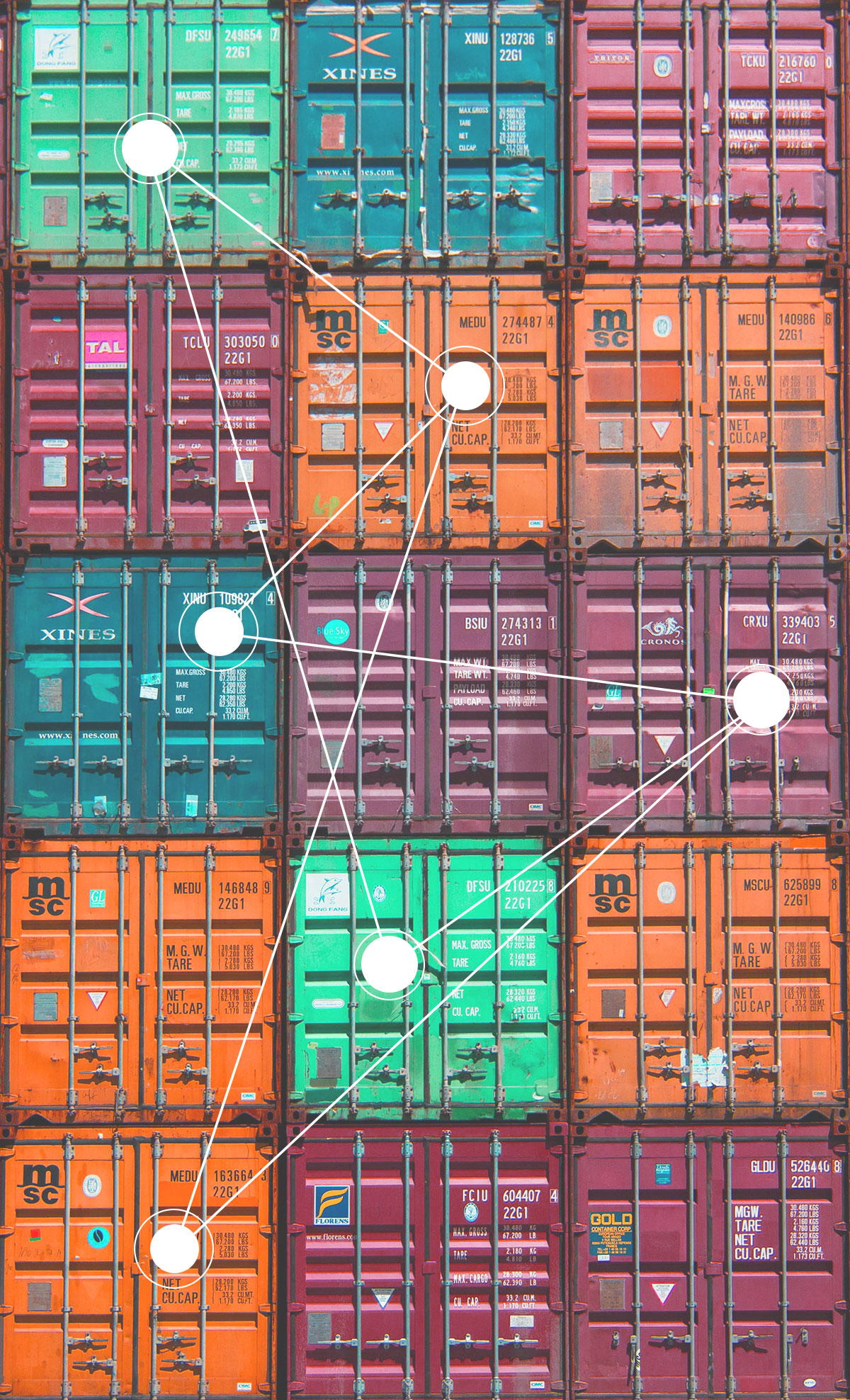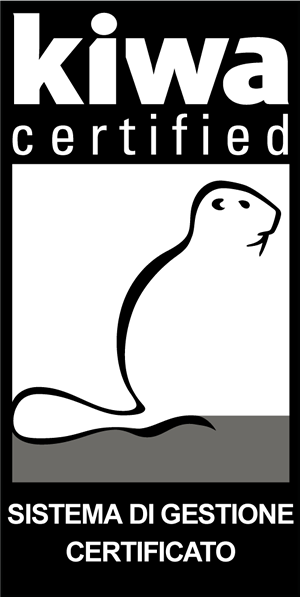The IoT revolution in the fashion industry
Of all the industrial sectors affected by the digital transformations which have taken place over the last ten years, fashion, which has always been very sensitive towards its customer’s needs, is undoubtedly the one that has undergone the most radical change due to the advent of new technology.
Even before the pandemic, the new global challenges laid down by the advent of e-commerce, social media or fast fashion, for example, had dictated the need for a digital evolution of the players in the fashion world throughout the supply chain, from production to the customer experience, to usher in the era of fashion 4.0.
The Covid 19 pandemic simply accelerated this process. In 2020, according to the McKinsey Global Fashion Index, the fashion industry suffered a 93% loss in profits compared to the previous year.
This made the fashion industries face up to an inescapable reality, namely the need to use the digital world not just to optimise production times and costs, to intensify brand extension strategies or bolster sales infrastructures, but also to implement a radical transformation of its business models.
So, this is where real IoT revolution in the fashion industry lies. After the experience gained during the pandemic crisis, fashion brands are now looking increasingly to adopt innovative technologies, recognising in the Internet of Things, the basis for a fashion evolution, in synergy with Artificial Intelligence, blockchain technology and virtual/augmented reality.
The IoT is, in fact, at the centre of all the transformations which are inundating the fashion industry: from the data-driven approach (which, for example, provides forecasts about upcoming market trends) to the customer experience (e.g. IoT forms the basis of all the innovations implemented in physical stores in terms of personalising the purchasing experience), to IoT solutions for sustainable fashion and more responsible production.
Below, we will also take a look at the revolution brought about by the application of IoT technology in the entire supply chain and on the topic of anti-counterfeiting measures.
Image source: Baciocchi Associati x LA PERLA
_1647429012.jpg)


